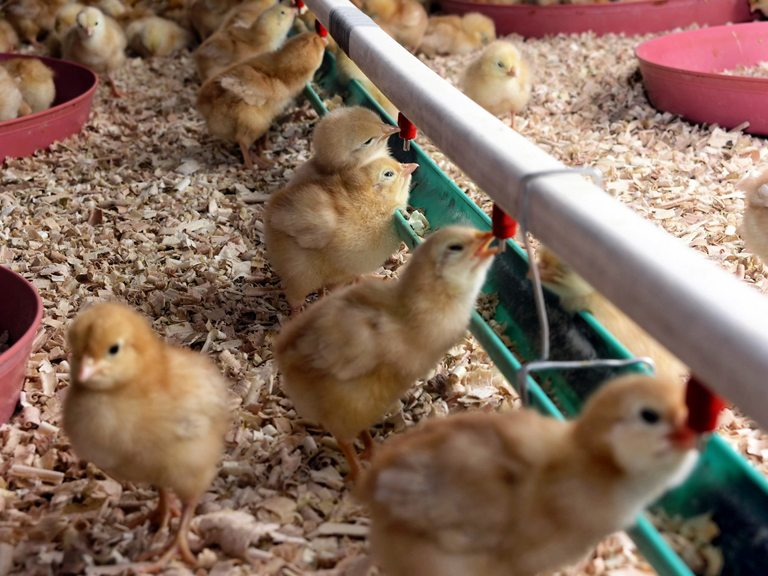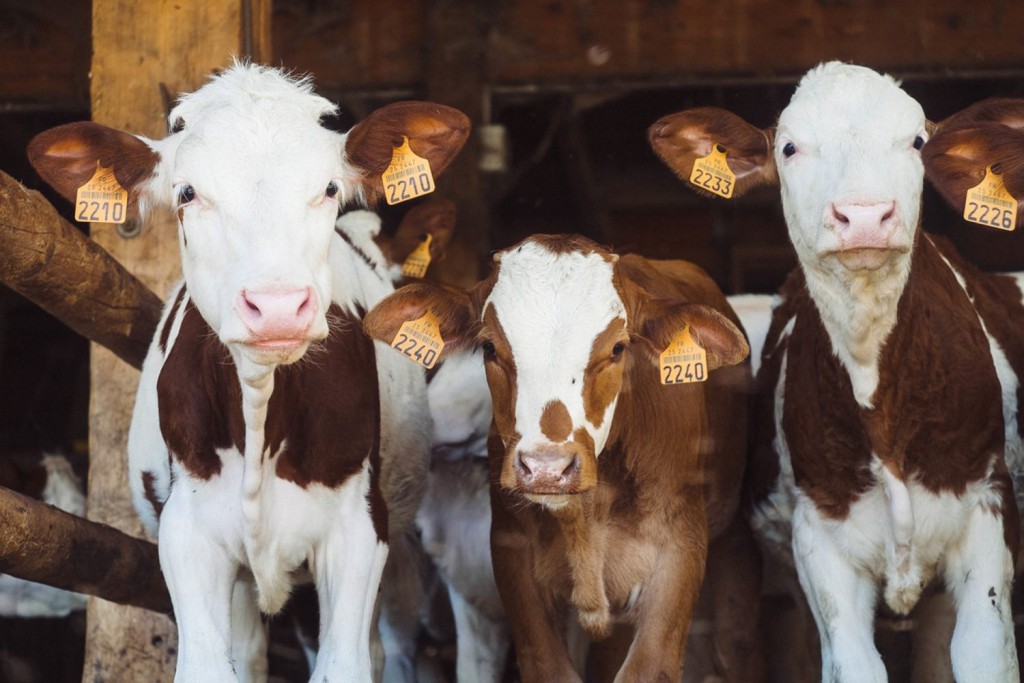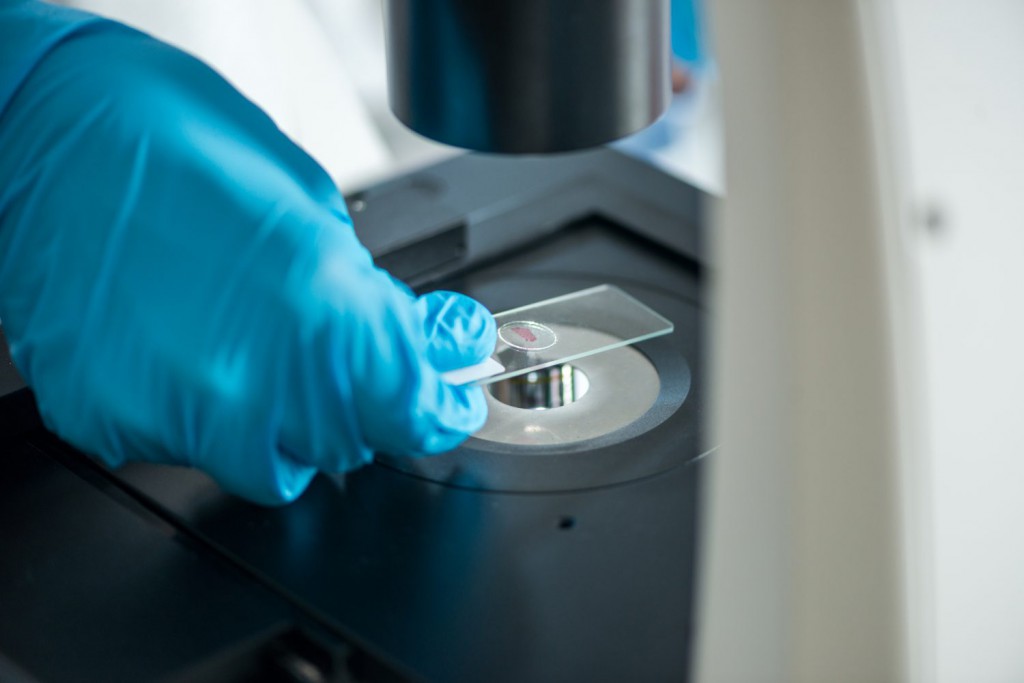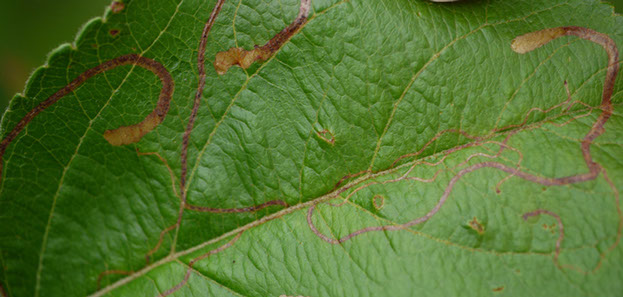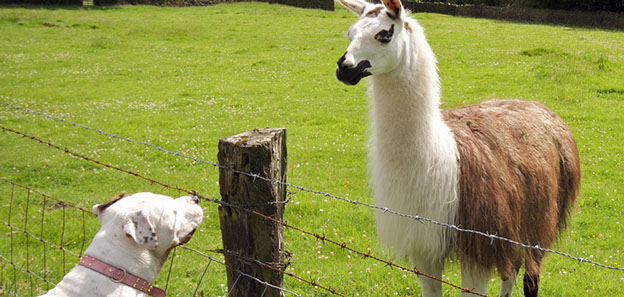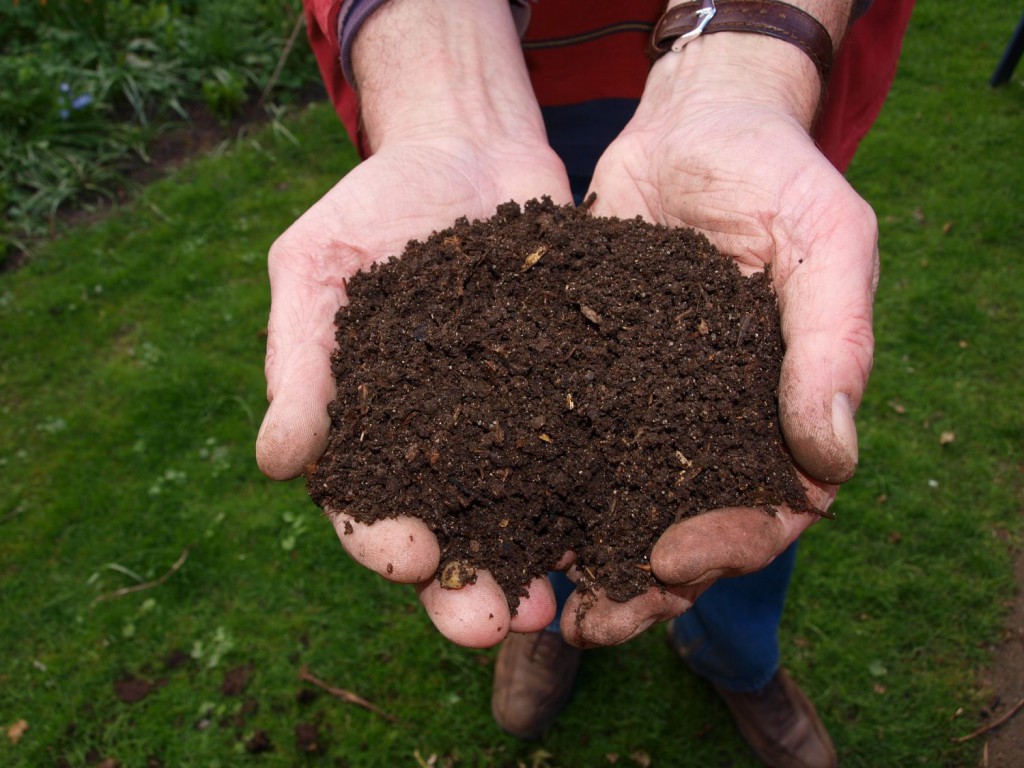Menu
Close
- Home
- About
- Sectors
Specialists in customizing products
Through toll processing services and private labelling, we’ve custom-made products for many of the biggest names in the industry.
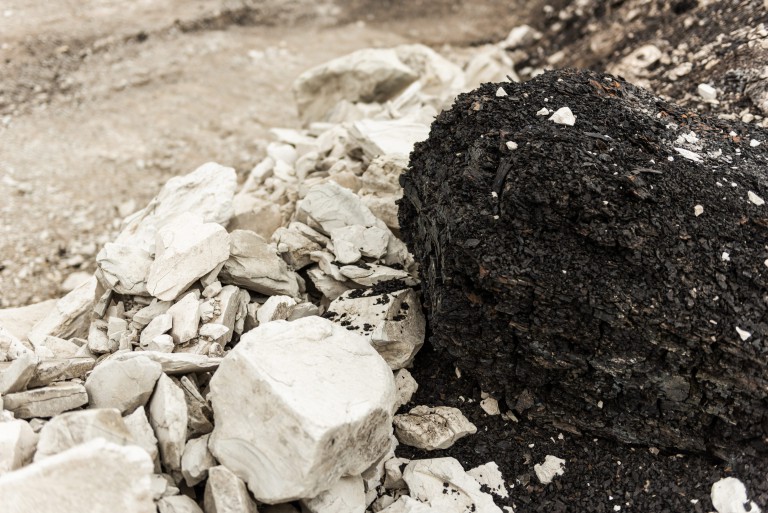
- PozGlass
- Products
- Media
- Investors
Latest Investor News
Progressive Planet creates new cement, Gladiator SCM, and hires cement materials expert.
21 October, 2025Kamloops, BC – October 21, 2025 – Progressive Planet (TSXV: PLAN) (OTCQB: ASHXF) (“Progressive...
- Home
- About
- Sectors
Specialists in customizing products
Through toll processing services and private labelling, we’ve custom-made products for many of the biggest names in the industry.

- PozGlass
- Products
- Media
- Investors
Latest Investor News
Progressive Planet creates new cement, Gladiator SCM, and hires cement materials expert.
21 October, 2025Kamloops, BC – October 21, 2025 – Progressive Planet (TSXV: PLAN) (OTCQB: ASHXF) (“Progressive...
